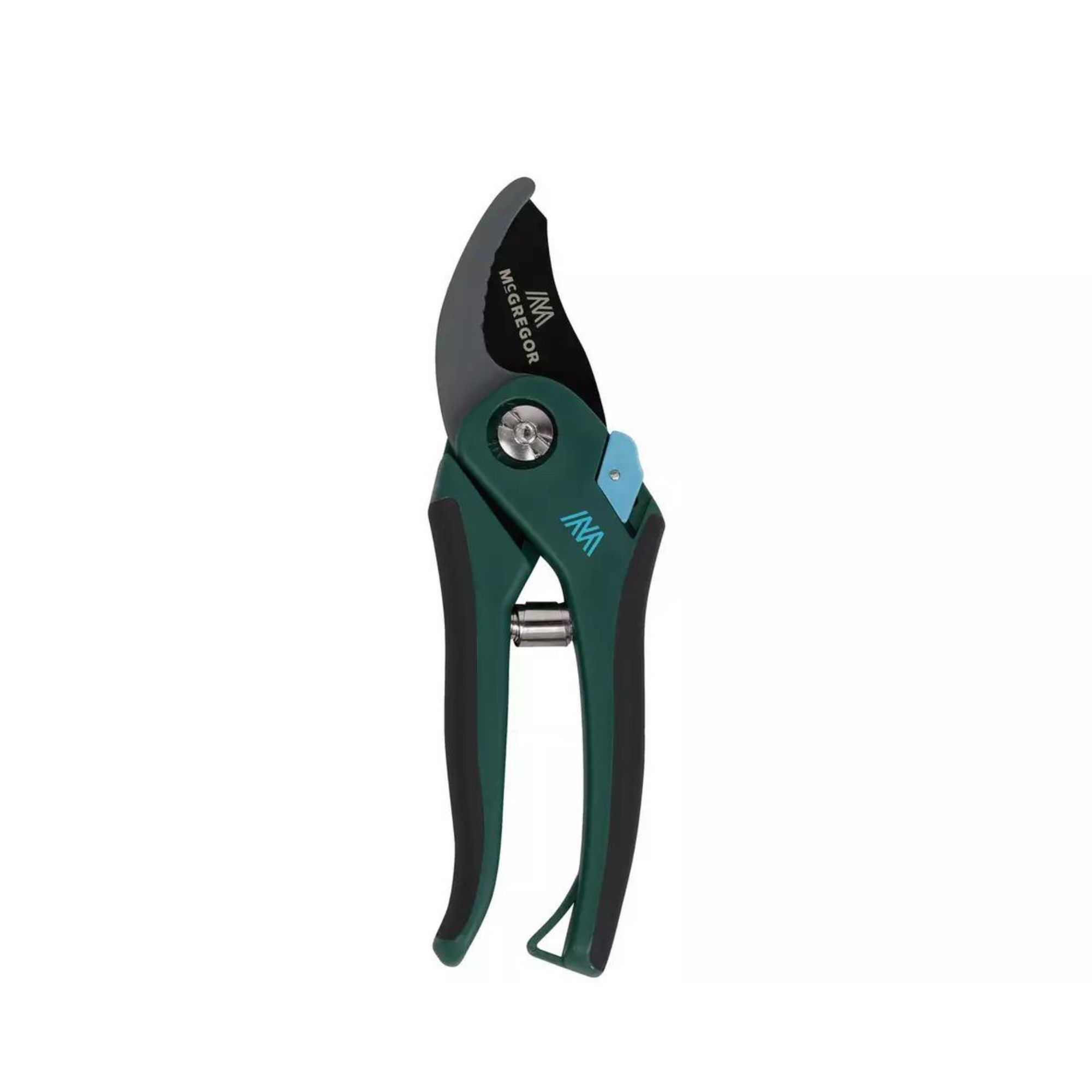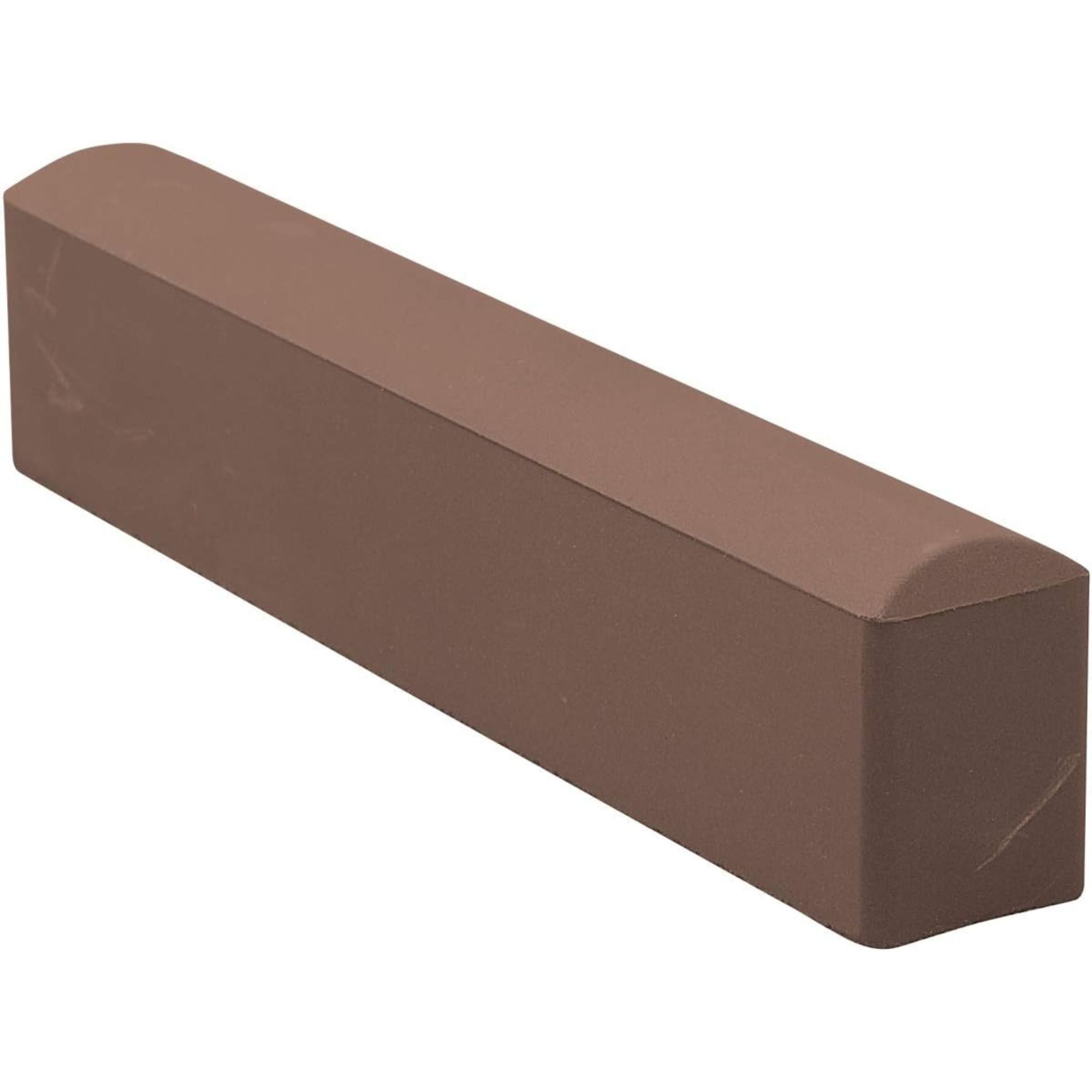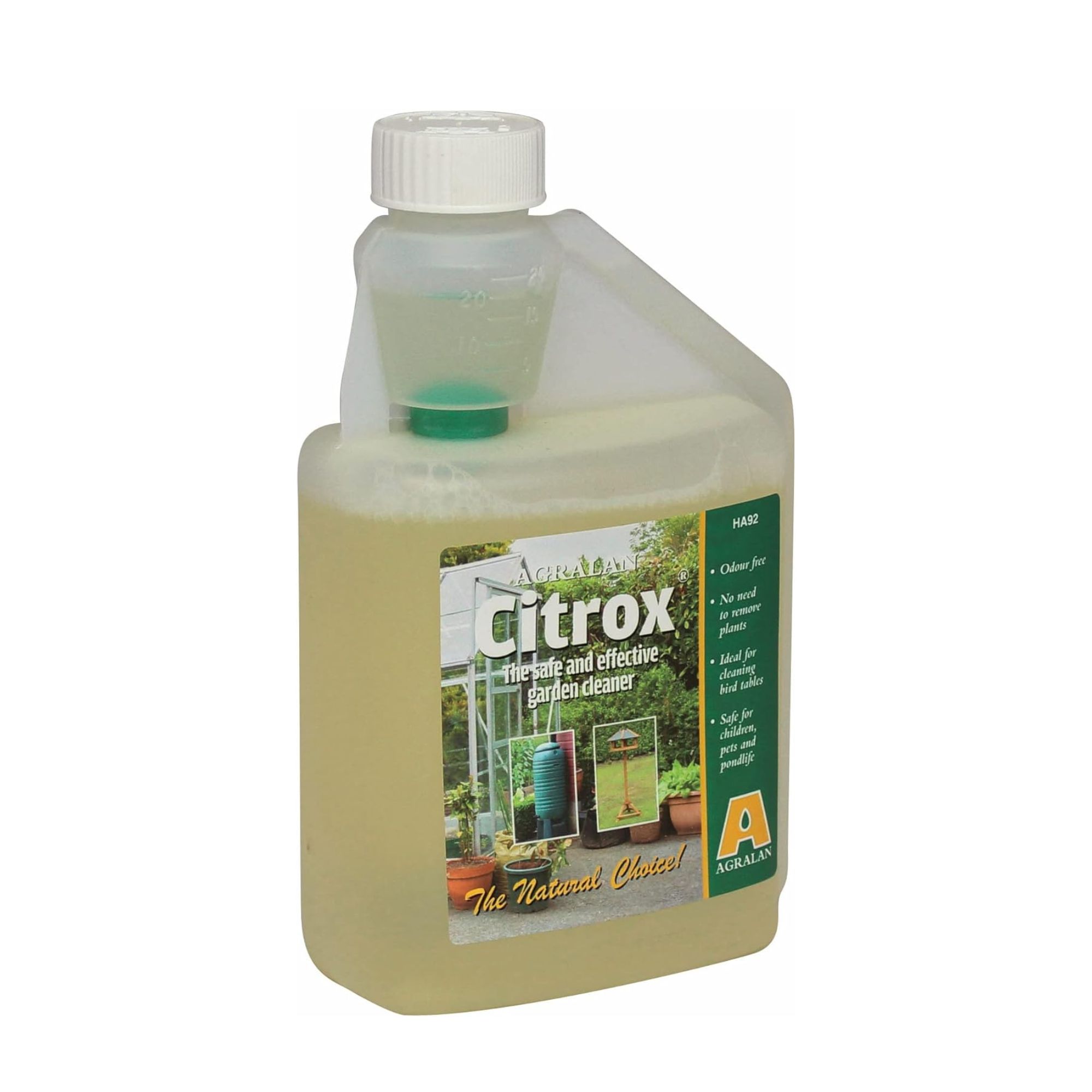When to prune hellebores to ensure this winter favourite will bloom this Christmas
There’s a big pruning window, but you still need to time it perfectly

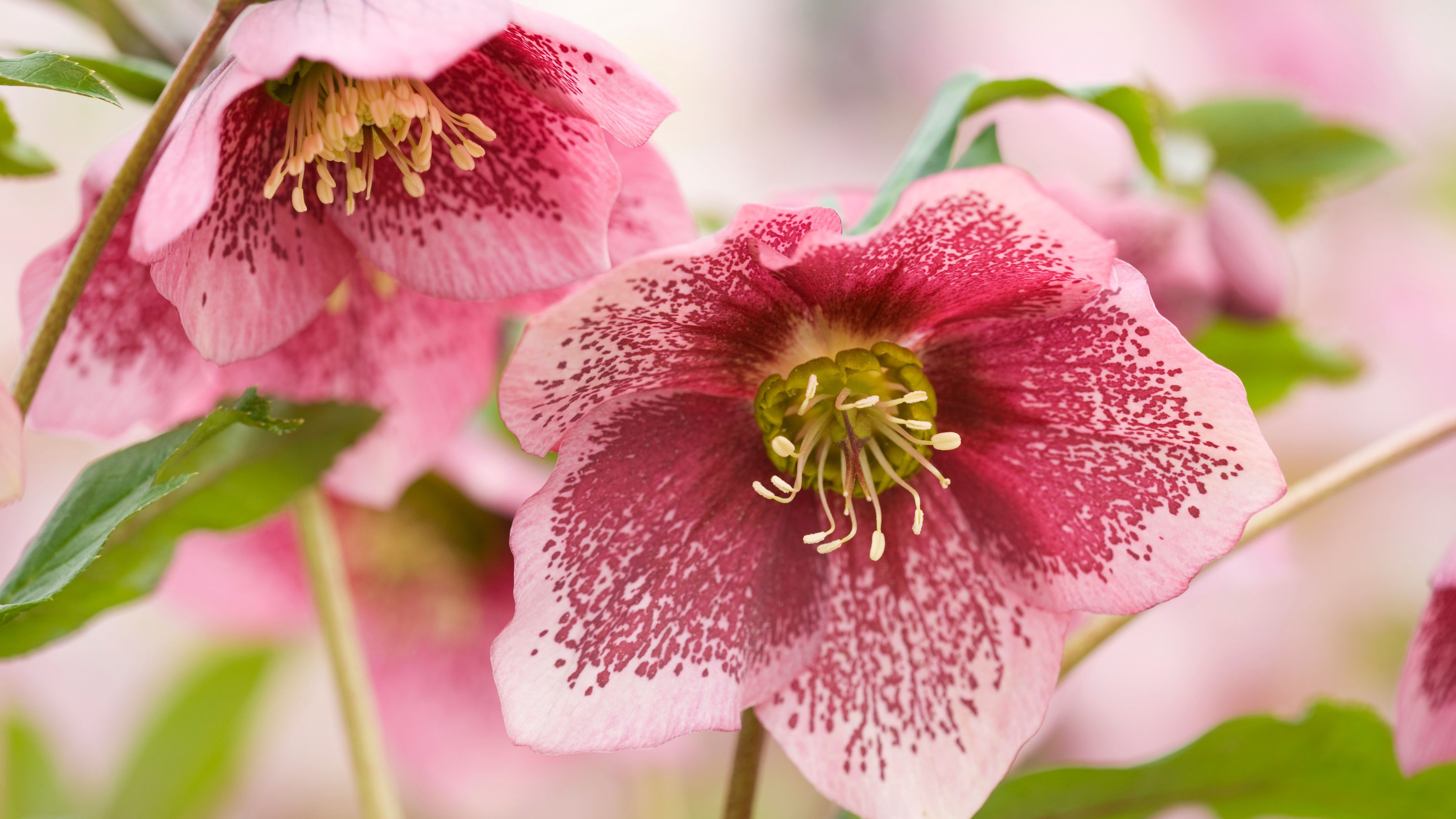
Don’t be fooled by the delicate flowerheads of the hellebores plant. With the ability to survive (and, ultimately, thrive) during the harsh winter months, this stunning perennial is extremely tough. But if you want to ensure that your hellebores bloom bigger and brighter this festive season, you need to know when to prune hellebores.
Yes, hellebores are some of the best winter flowers that bloom at Christmas, and what we love about these nodding blooms is that they can be grown in your garden borders, in winter pots, or even in winter hanging baskets. And while these shade-loving plants are relatively easy to care for, they do require some attention as the months go by.
But when do you prune hellebores? Well, the window to prune hellebores is pretty wide, but you still need to time it perfectly if you want to keep your hellebores in good shape for the festive period. So, this is everything you need to know.
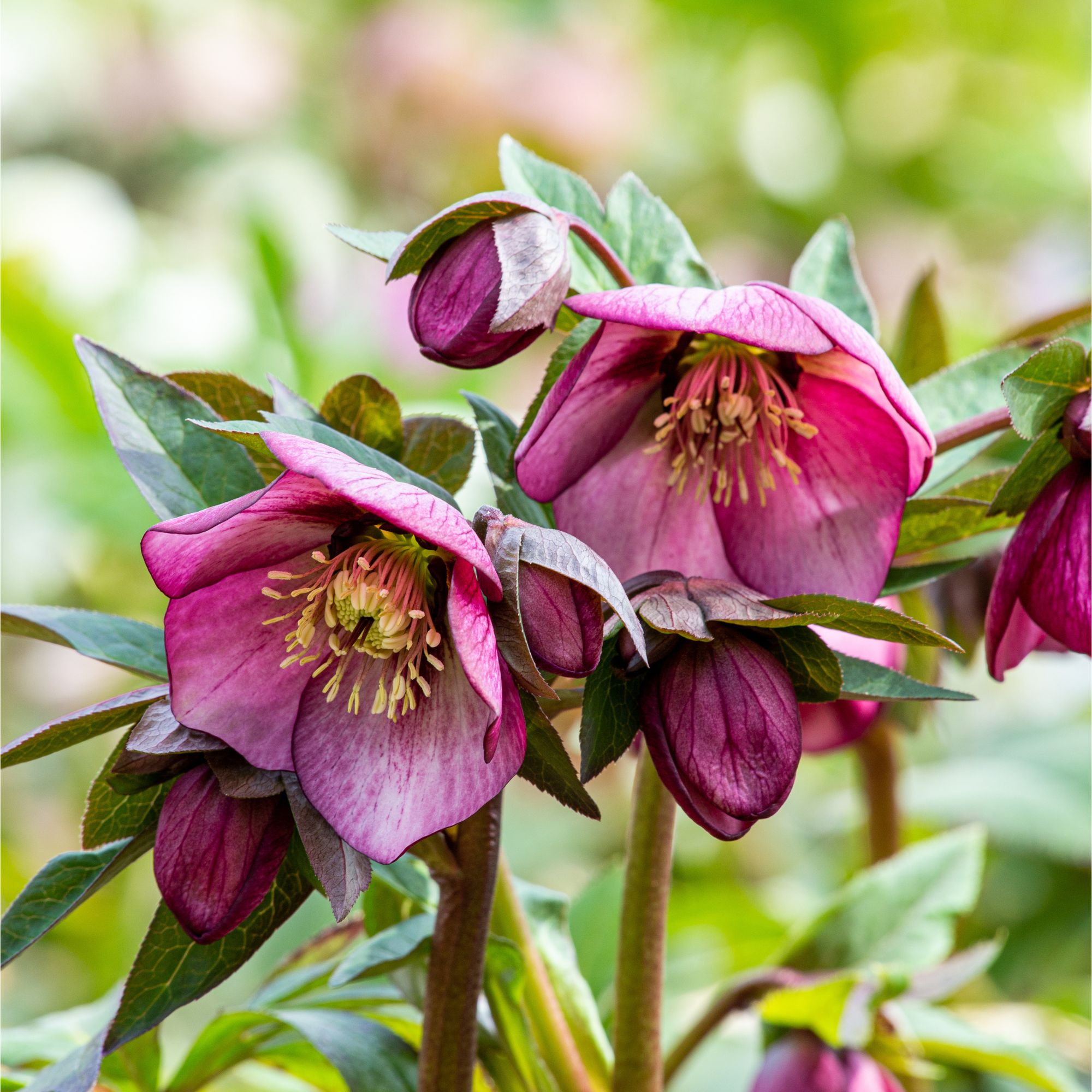

Kate Turner is Miracle-Gro’s expert horticulturalist who has a deep love of all things plants – from vibrant houseplants to stunning gardens and growing fruit and veg, Kate knows all the tips and tricks for successful gardening.
If you’re hoping to brighten up your winter garden with your hellebores, you have a few pruning windows to work with. Three of them, to be exact - and the first is during the plant’s growing period.
As Kate Tuner, Gardening Guru at Miracle-Gro explains, ‘Prune hellebores in late winter or early spring before new growth emerges. This timing prevents disease spread by removing old, diseased, or damaged foliage, which can harbour pathogens. It also allows sunlight and air to reach the emerging new leaves and flowers, promoting healthier growth and a more attractive plant.’
And while it may seem strange to prune hellebores just as they are about to grow and bloom, doing so at this time can work in your favour (even if it doesn’t look like it).
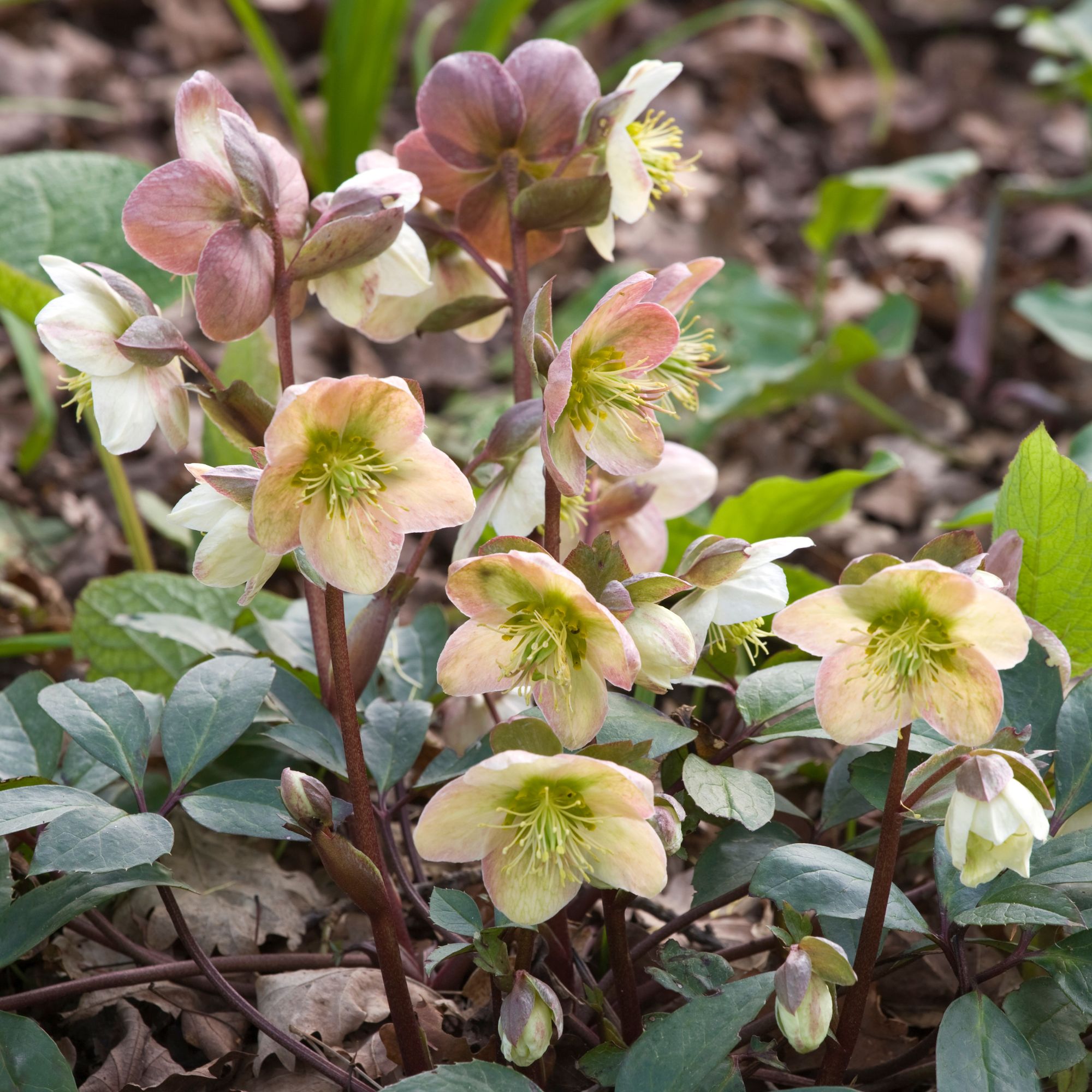
Yes, Morris Hankinson, Managing Director of Hopes Grove Nurseries warns that pruning your hellebores at this time may seem counterintuitive and leave your plant looking a little worse for wear, but you shouldn’t be discouraged and still add this task to your list of jobs to do in the garden in February.
Sign up to our newsletter for style inspiration, real homes, project and garden advice and shopping know-how
‘When the new shoots appear, it’s time to remove older stems and leaves, which will leave the plant looking a bit sorry for itself. If you have older leaves that still look well, they can be left. By removing some of the older growth, you will be making room for fresh new growth and flowers along with limiting disease,’ he says.
Morris also advises you to ‘Remove all flower heads before the seed pods burst open since this will impact the quality of flowering the following year.’
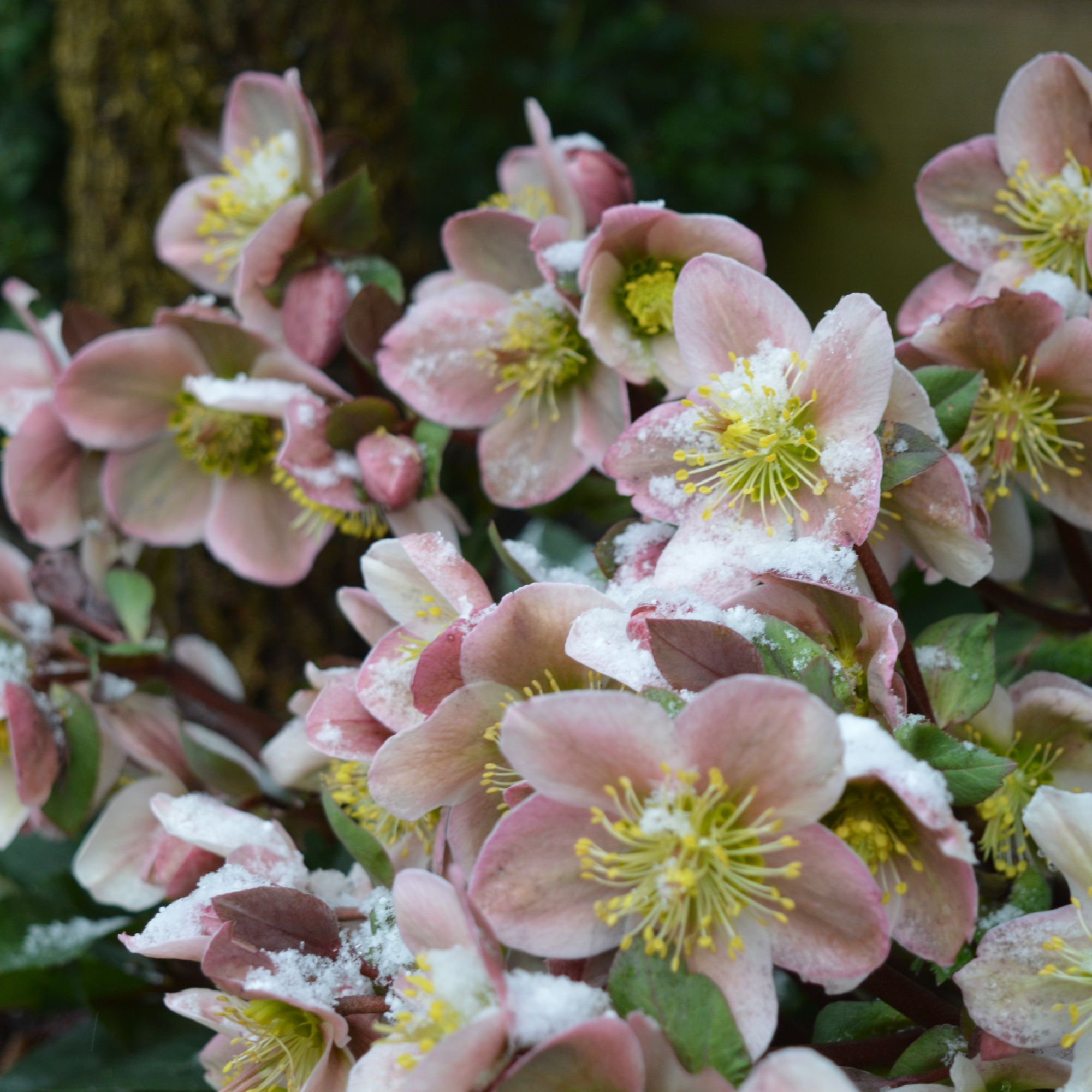

Morris Hankinson is the founder and managing director of Hopes Grove Nurseries Ltd, the UK’s only specialist grower-retailer of hedging plants. He established the thriving business in 1992, shortly after graduating with a Commercial Horticulture Degree from Writtle College, Essex.
But this isn’t the only window you have if you’re wondering when to prune hellebores. If you find that your hellebores start to look untidy and unkempt in late October or November, you can also do some pruning then. ‘Many gardeners do this in order to stop leaf spot disease overwintering on the leaves, ’ clarifies Morris.
And while you generally should avoid touching your hellebores during its dormant summer months, that’s not to say that you can’t give it a little tidy during the summer either. Morris says, ‘Summer tidying can be done in much the same way, by simply removing any old, dead, diseased or damaged stems and leaves with some sharp secateurs.’
Just make sure that you don’t prune too hard during this dormant summer period, as the hellebores use this time to store vital energy and so may not be able to recover as well as they should. And always make sure you clean your garden tools and sharpen your secateurs before pruning anything.
What you'll need
FAQs
What to do when hellebores have finished flowering?
After flowering, hellebores will produce seed pods if they’re not deadheaded. Then, it’s down to you to decide whether you want to deadhead them or not.
Although letting the plant go to seed will provide you with seeds to plant for free, doing so will also weaken the plant and affect the health and blooming period of the plant next year. So, most experts would advise deadheading as soon as possible.
As the weeks go by, you can also tidy up any dead, diseased, or damaged foliage. You should wait until new growth starts to form before pruning it properly, though.
Do hellebores like to be root bound?
No, hellebores do not like to be root-bound. They like to spread out their large roots as much as possible, and growing them in a small pot with limited space can result in stunted growth. Because of this, you should aim to repot your hellebores every couple of years to ensure it has enough space to thrive.
Can I move hellebores in summer?
Although you can technically move hellebores in the summer, it’s not advised. Once they have been given a home, hellebores do not like being dug up and moved around.
Most experts would also advise against doing anything too drastic to your hellebores during the summer, as this is when they’re dormant and do not like to be disturbed.
If you really need to move your hellebores, aim to do this in spring after flowering to reduce the risk of stress.
Happy pruning!

Lauren Bradbury has been the Content Editor for the House Manual section since January 2025 but worked with the team as a freelancer for a year and a half before that. She graduated with a Bachelor’s degree in English and Creative Writing from the University of Chichester in 2016. Then, she dipped her toe into the world of content writing, primarily focusing on home content. After years of agency work, she decided to take the plunge and become a full-time freelancer for online publications, including Real Homes and Ideal Home, before taking on this permanent role. Now, she spends her days searching for the best decluttering and cleaning hacks and creating handy how-to guides for homeowners and renters alike, as well as testing vacuums as part of her role as the Ideal Home Certified Expert in Training on Vacuums, having spent over 110 hours testing different vacuum models to date!
